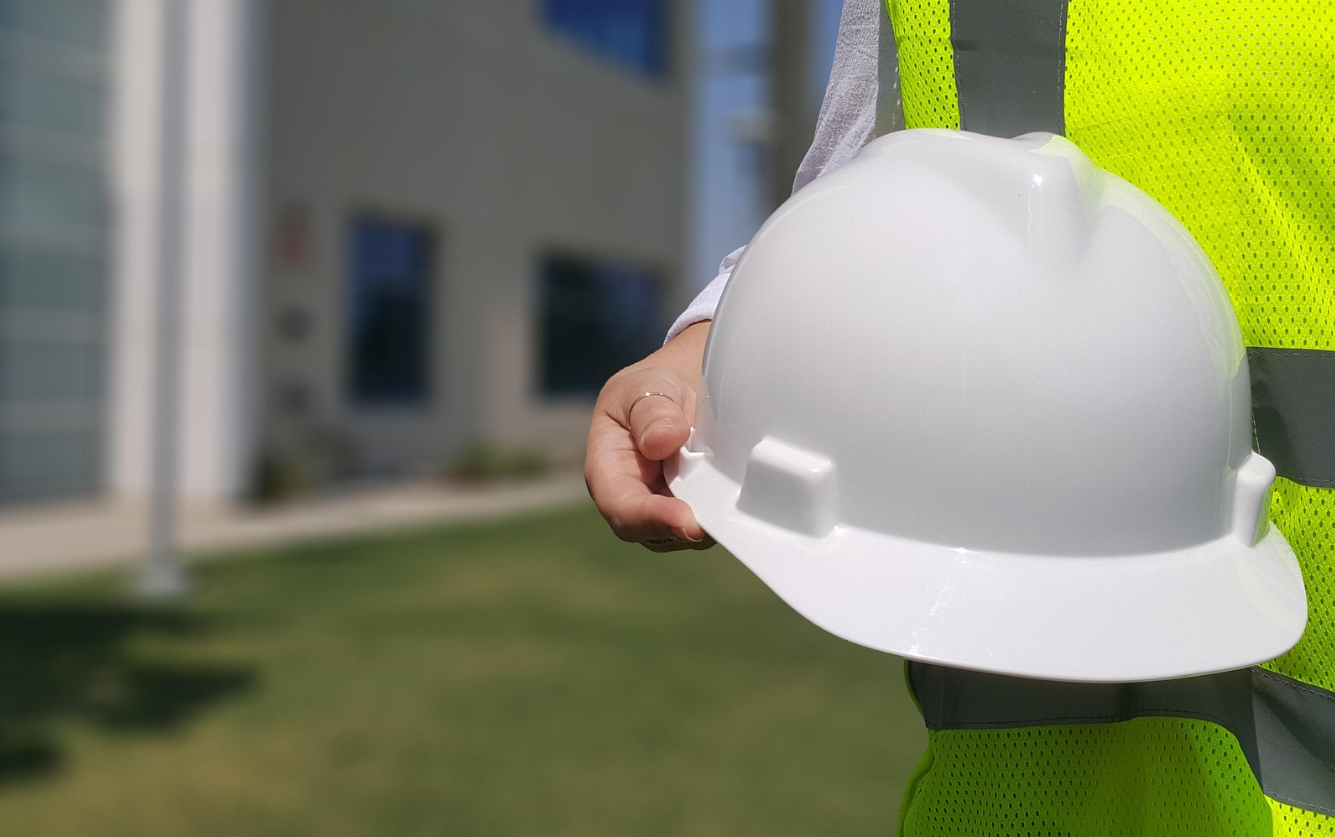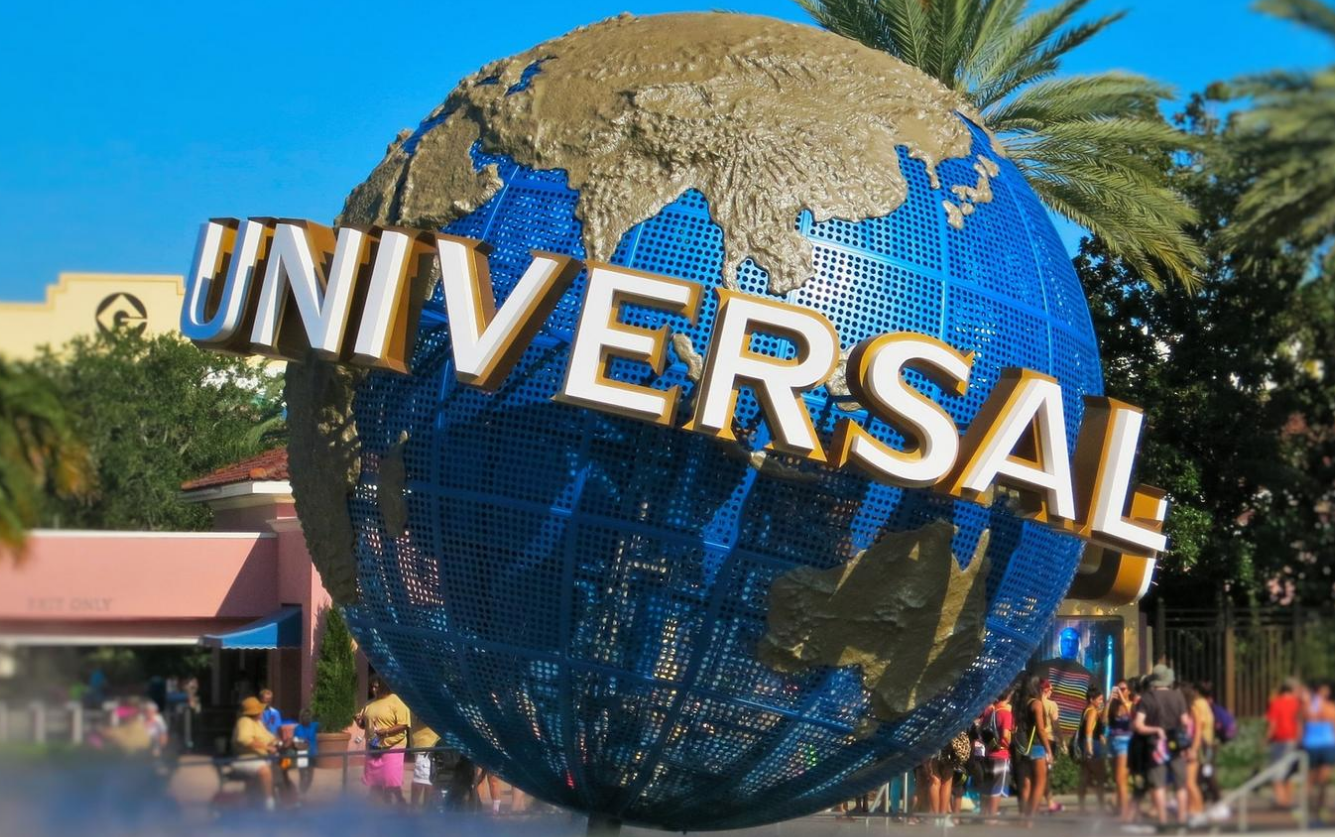The Pitfall of Not Filing a Notice with the Utah SCR
Southeast Directional Drilling, LLC v. Kern River Gas Transmission Company: the Pitfall of Not Filing a Notice In order to secure mechanic’s lien and...

Securing mechanic’s lien and bond claim rights, in the state of Utah, begins with the preliminary notice.
“A person who desires to claim a construction lien on real property shall file a preliminary notice with the registry no later than 20 days after the day on which the person commences providing construction work on the real property.” (UT Title 38, Chapter 1a, Part 5, Section 501)
Since 2005, Utah has managed preliminary notices, notices of commencement and notices of completion differently than the majority of states. In Utah, these notices are housed, online, in the State Construction Registry (SCR).
“SCR” stands for State Construction Registry. It is an online database for required notices for commercial, public & residential construction projects. Filing notices with the SCR increases visibility of all parties within a contractual chain.
The National Association of State Chief Information Officers (NASCIO) may have said it best, when they referred to the SCR as a bulletin board:
“…an online project “bulletin board,” providing full disclosure to property owners, contractors and other interested parties, of people providing goods and services to a construction project… to implement an efficient and standardized system for protecting lien rights…”
Quite frankly, the simple question is who does not benefit from the SCR – and the answer to that is no one. All parties benefit from the SCR:
Hmm, noticing a trend? As well you should! The SCR provides a clear picture of when a project begins, who will be participating in the project and when the project ends. The SCR can provide transparency – the lack of which is one of the most frustrating obstacles in protecting mechanic’s lien rights.
The SCR website also provides email alerts to participating parties, notifying them of changes to the preliminary notice and when a notice of completion has been filed.
In the age of smart phones, Utah capitalized on the opportunity to put those smart phones to work. A QR Code is generated for each notice filed with the SCR. Notices are often posted at the jobsite, which can make connecting to the SCR as simple as a click on your phone.
From the SCR website:
“SCR QR Codes will save you time because you won’t have to find and write down all of the job information: Owner, Original Contractor, Job Address, County and Parcel Numbers…If the SCR filing is posted on the job site, everyone working on the job would be able to scan the QR code and use the correct job information in their Preliminary Notice without having to type it in again.”
If, through due diligence, you obtain the Tax ID# (private project) or the SCR# (public project) from the building permit, or from the person with whom you contracted, posting the notice on the SCR is a simple process. If the Tax ID# (or SCR#) is not obtained prior to posting your notice, the process becomes more complicated. Research may be required in order to determine the correct Tax ID#/SCR#. The SCR provides an excellent search engine by which this information may be found, but without the exact Tax ID#/SCR#, it can sometimes be challenging to link to the correct project when multiple listings are posted.
Need help? We’re here for you!

Southeast Directional Drilling, LLC v. Kern River Gas Transmission Company: the Pitfall of Not Filing a Notice In order to secure mechanic’s lien and...

Furnishing to a Construction Project in Florida? Make Sure You Serve the Florida Notice to Owner If you are furnishing to a construction project in...

10 Tips for Commercial Credit Management of Notices & Mechanic’s Liens It’s part three of our three-part series of Commercial Credit Management Tips...